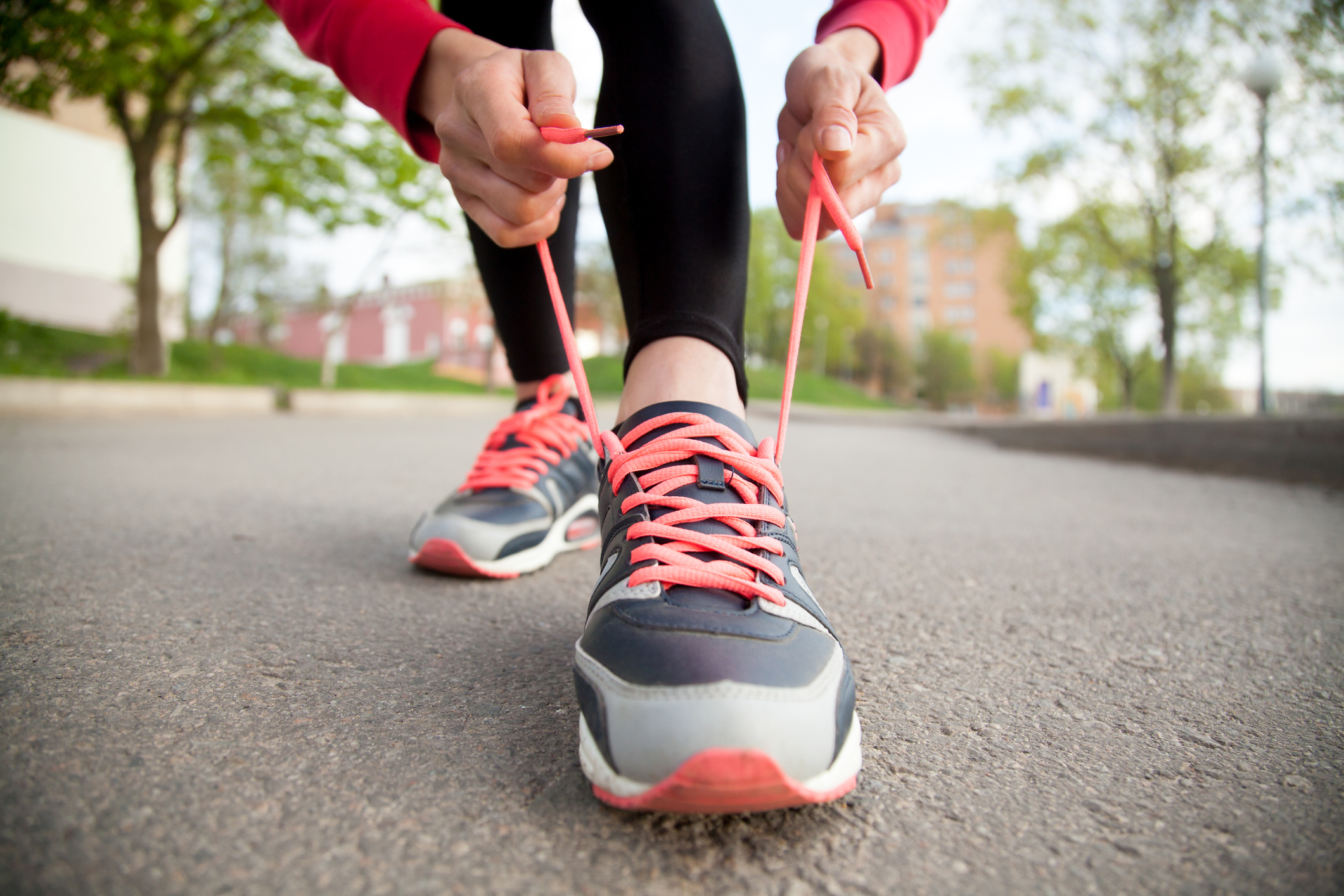

Walking is my exercise of choice. No equipment needed. No special skills required.
And walking outside is never boring — I never know what I’m going to see!
But what really inspires me to lace up my walking shoes are the well-documented benefits: walking boosts energy and metabolism, keeps your heart and blood pressure healthy, and strengthens the immune system.
But could walking backwards be even better? Research is pointing in that direction…
Why walking backwards is good for you
There’s more and more research out there showing that backward walking can be even more beneficial to your health than “regular” walking.
First, let’s understand that anywalking is a more complicated process than you may realize.
Simply remaining upright when we walk requires precise coordination between our vision and two other major systems: our vestibular system, which maintains our balance, and our proprioceptive system, which keeps us aware of where our bodies are in space.
When you walk backwards, it takes longer for your brain to coordinate these systems. But with this added level of difficulty comes a few added health benefits…
The first is improved balance. Studies have shown that having to think more about remaining upright actually improves our balance. My balance isn’t what it used to be, so for me, that’s a real plus.
Also, backward walking makes us take shorter and more frequent steps, which improves the endurance and strength of our lower legs while being easier on the joints.
This easing up on the joints has been shown to help people with osteoarthritis of the knee.
One study also showed that backward walking could be a beneficial aerobic exercise to combat muscle atrophy in those with chronic low back pain.
Finally, while normal walking does help maintain a healthy weight, walking backward expends almost 40 percent more energy! One study showed a significant reduction in body fat for women who completed a six-week training program in backward walking.
How to get started walking backward
When you walk backwards, obviously you’re more likely to bump into obstacles and fall. But this doesn’t mean you should be looking over your shoulder.
To get the full bodily benefits of backward walking, you should resist the temptation to twist and look over your shoulder. Instead, face forward and keep your head and chest upright. Reach back with your big toe for each step and roll through the foot from toe to heel.
It’s probably best to start out in a large, open area, like a park or a large, level lawn. Check out your surroundings well and be sure you can practice without bumping into anything. Also, check for anything that could trip you up.
First, try just a few backward steps. Then, as you become more comfortable, you can try and walk short distances. But it’s more important to maintain good posture, even if you walk short distances multiple times.
Once you’ve mastered it, it’s even possible to practice backward walking using a treadmill at the lowest speed while holding the handrails.
If you want to get really fancy, try walking forward, then backward. Just don’t make yourself dizzy!
Sources:
Walking backwards has a surprising number of health benefits — The Conversation
Taking ‘Backward Walks’ Can Improve Your Balance, Coordination, and Stability in Ways Normal Walking Can’t — Well + Good
Lumbar Muscle Activation Pattern During Forward and Backward Walking in Participants With and Without Chronic Low Back Pain: An Electromyographic Study — Journal of Chiropractic Medicine
The effectiveness of backward walking as a treatment for people with gait impairments: a systematic review and meta-analysis — Clinical Rehabilitation
The effect of backward locomotion training on the body composition and cardiorespiratory fitness of young women — International Journal of Sports Medicine
Effect of 6-week retro or forward walking program on pain, functional disability, quadriceps muscle strength, and performance in individuals with knee osteoarthritis: a randomized controlled trial (retro-walking trial) — BMC Musculoskeletal Disorders
